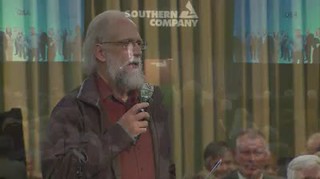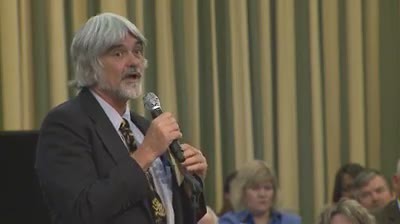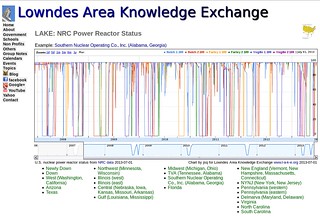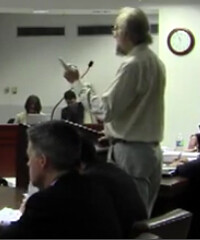 And more new capacity year to date than natural gas in 2014,
according to FERC’s own numbers, despite FERC betting on the wrong horse.
And more new capacity year to date than natural gas in 2014,
according to FERC’s own numbers, despite FERC betting on the wrong horse.
Joshua S. Hill, CleanTechnica, 23 November 2014, Wind & Solar = 77% Of New US Electricity Generating Capacity In November (Exclusive),
The United States Federal Energy Regulatory Commission’s (FERC) Office of Energy Projects released its monthly “Energy Infrastructure Update” on Tuesday, and the big winners from the month of November seem to be wind and solar, which combined added up to over 70% of all new electrical generating capacity placed into service during the month. If you add in our estimate for non-utility-scale solar, the market share of solar and wind rises to 77%.
Continue reading














